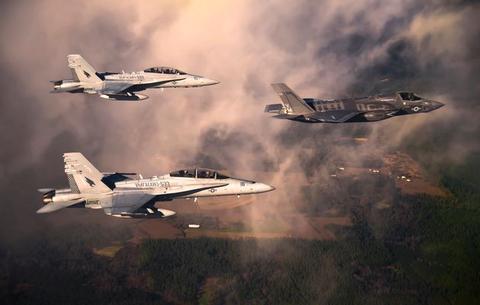 Words by Bridget Foster.
Words by Bridget Foster.
With troops now withdrawn from Iraq and soon to be out of Afghanistan, as well as a decreased emphasis on European security, the Department of Defense has been restructuring how and where American troops will be deployed in the future. In spite of the continued upheaval in the Middle East, the Obama Administration is shifting its attention to the Asia-Pacific region, having designated the area as a “geostrategic priority” for political and economic, as well as military reasons. The region includes India to New Zealand and the Pacific Islands north to Japan and the Korean Peninsula.

Described by the Administration as “rebalancing”, US forces have begun a series of rotational deployments throughout the region that will complement the over 300,000 military and civilian forces already permanently deployed there. The deployments vary from six to nine months at a time. The move is also designed as a cost-cutting measure as it reduces the need to build any future bases, while at the same time positioning the US for a show of force if necessary. In order to facilitate the change, new security agreements were negotiated with Australia, Singapore and the Philippines to open their military installations to US forces and expand joint training exercises.
The Marines are preparing for a third rotation to Australia’s military facility at Darwin. A contingent of approximately 1500 is scheduled to leave Camp Pendleton, California sometime this spring. This is five times the size of the unit that wrapped up a six-month deployment in September. Over time, the agreement calls for the rotation of up to 2500 Marines at a time. Additionally, discussions are under way for the Air Force and Navy to have access to Australian air and naval bases.

The Navy will base four littoral combat ships in Singapore’s naval facility. The first ship, the USS Freedom, completed its rotation in November. Currently, the Navy has 50 percent of its resources assigned to the Asia/Indo-Pacific region and under the rebalancing strategy, will increase that to 60 percent in the coming years.
In February, a cavalry battalion from Fort Hood, TX will be rotated to South Korea to support the 8th US Army and US Forces Korea. Comprised of about 800 soldiers, the unit will be deployed for training exercises for nine months but will leave their wheeled and tracked vehicles behind for the next rotation to use. The first rotational land force, an Army attack reconnaissance squadron, deployed to the peninsula in September with 30 helicopters, which will also be left behind for the next rotational unit.
Though the US has not had a military presence in the Philippines since 1992, discussions are under way for the rotation of surveillance aircraft and US troops in that country, as well as for increased joint military exercises.
Keeping a rotating contingent of military forces in the Asia-Pacific region has many benefits: reduced costs for transporting and training personnel, decreased response time to crises, improved foreign relations and a continued commitment to the security of the region.


